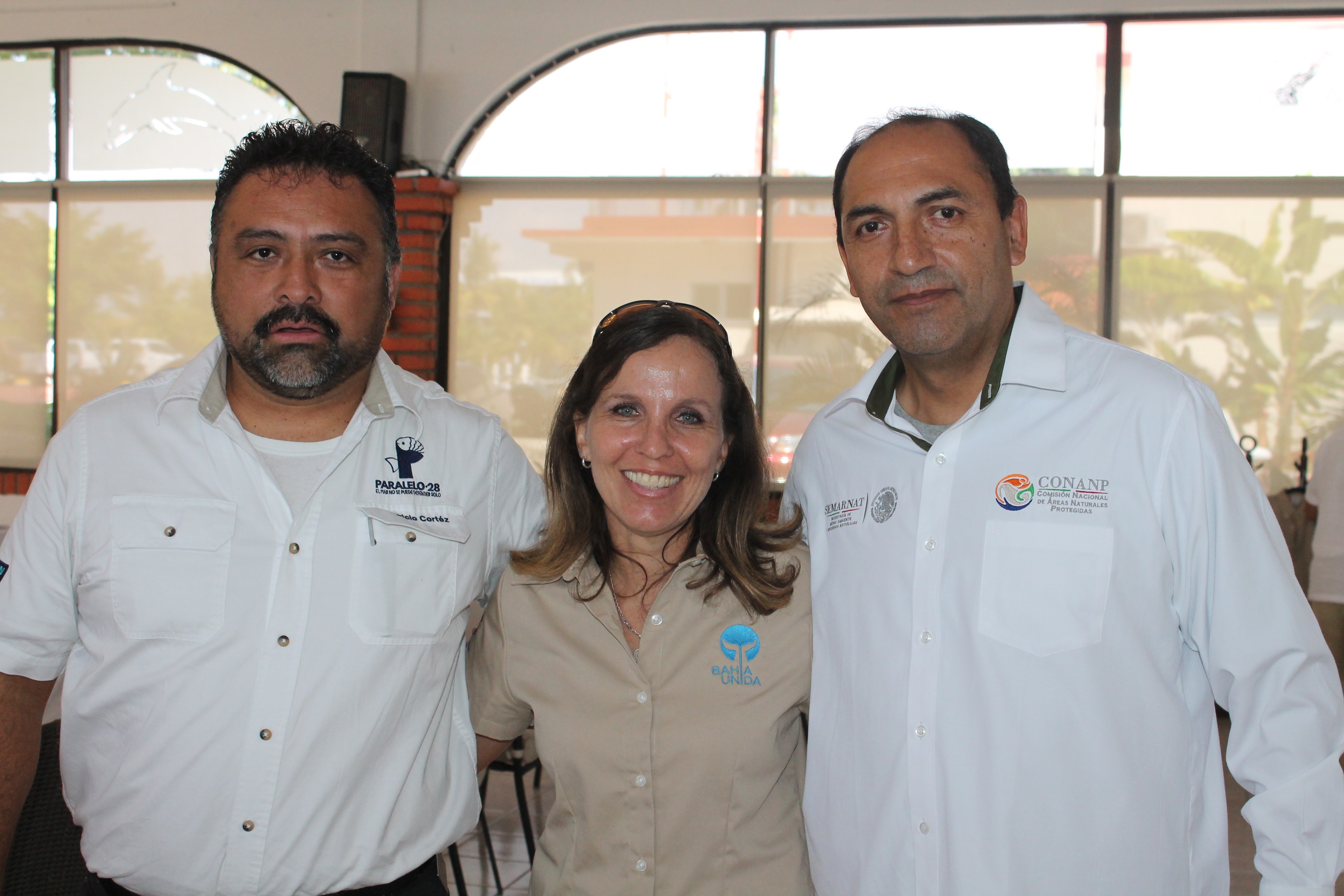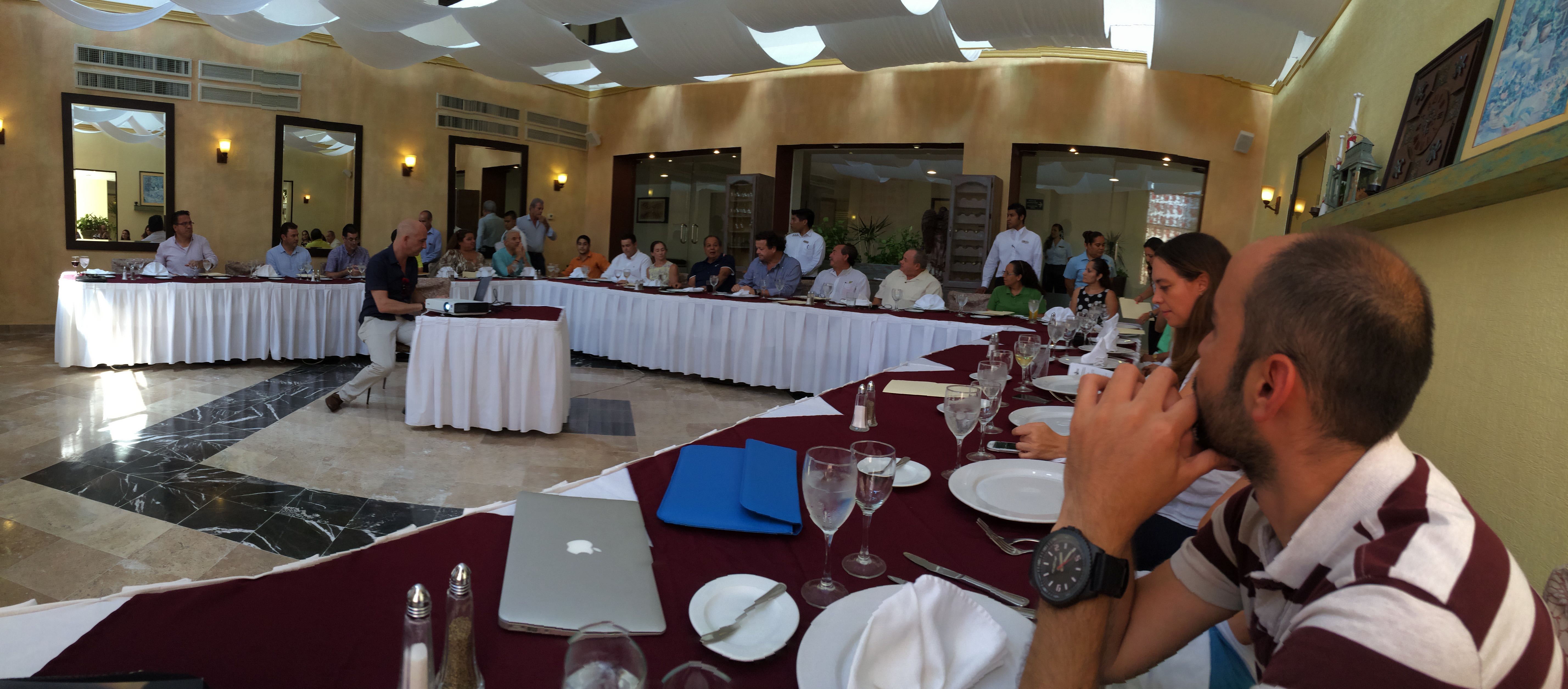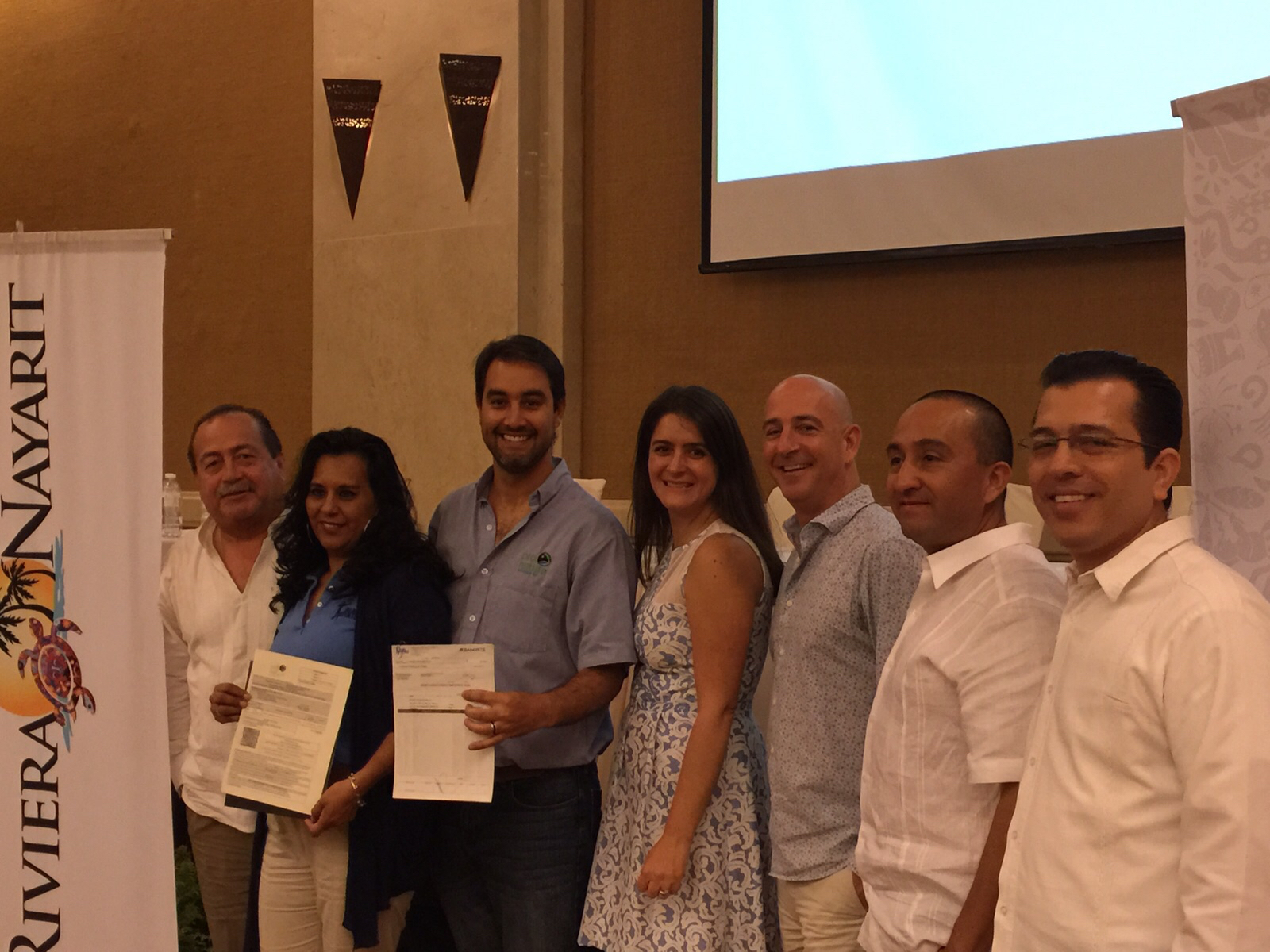



Agreements are established between the tourism sector (service providers, hotels, sectoral groups, tourism promotion offices, etc.), civil society organizations (CSOs) and government to design and implement a collection mechanism.
Agreements are established indicating the collection and accountability mechanisms, as well as the roles of the partners.
Each year an annual operating program (POA) is developed with its corresponding budget, which specifies the items and amounts to which the investment will be allocated. The AOP is developed by the National Commission of Natural Protected Areas (CONANP) and Pronatura Noroeste (the local CSO), and presented to the board of Bahía Unida (the TSP association) for approval.
Technical and financial reports are presented every two months to the Bahía Unida board.
This building block is led by CONANP and the local CSO.
- Government leadership to: a) stop unsustainable tourism activities, b) promote alliances and mechanisms, and c) organize tourism activities.
- Integration of PST into a civil association.
- Existence of a credible third party implementer to manage and provide technical support.
- Constant communication and growing trust between individuals and later between institutions.
- Equity in contributions (proportional to the number of tourists).
- Transparency in the use of resources and accountability in the field and through high quality reports.
- It is necessary that there is a need for organization and action in the sector (e.g. closure of Playa del Amor). The leadership of the authority can be decisive to generate/motivate it.
- It is important to generate a quick and visible impact for all contributors as this generates trust and credibility (e.g. presence of vigilantes).
- The definition of the main purposes of the fund is fundamental. It is possible to expand them, in agreement with the contributors, if there are surpluses.
- Experts should design the operational programs (government + CSOs); however, contributors should have a say in their use.
- It is desirable to have incentives related to the needs of the contributors (e.g. marketing, preference in access to permits, etc.).
- Replication is possible, inside or outside natural protected areas, as long as there is a common object of interest (e.g., visiting the same site or harvesting the same species, etc.).